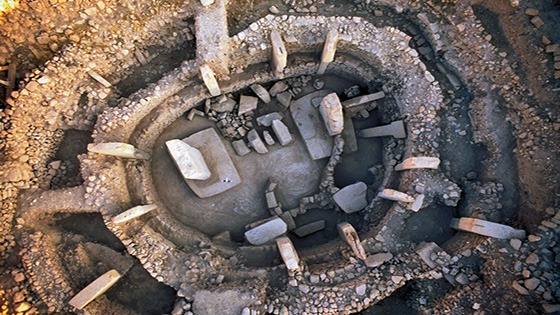According to a Tehran Times report, tables and chairs carved from gypsum have been unearthed at the site of a Zoroastrian fire temple in central Iran by a team of researchers from the University of Isfahan and the University of Tehran.

Available evidence suggests the furniture was once used for traditional rituals during the Sassanid era (224-651), according to the Research Institute of Cultural Heritage & Tourism.
A joint team of archaeologists from the universities of Isfahan, Tehran discovered the objects at a fire temple in Vigol, which is located approximately 10 km north of Aran-Bidgol near Kashan.
In many ways, Iran under Sassanian rule witnessed tremendous achievements of Persian civilization. Experts say that during the Sassanid era, the art and architecture of the nation experienced a general renaissance.
In that era, crafts such as metalwork and gem-engraving grew highly sophisticated, as scholarship was encouraged by the state; many works from both the East and West were translated into Pahlavi, the official language of the Sassanians.
Encyclopedia Britannica states that a revival of Iranian nationalism took place under the Sassanid rule.
Zoroastrianism became the state religion, and at various times followers of other faiths suffered official persecution.
The government was centralized, with provincial officials directly responsible to the throne, and roads, city building, and even agriculture were financed by the government.
The dynasty was destroyed by Arab invaders during a span from 637 to 651.
Aran-Bidgol is the gateway to the Maranjab desert and caravansary, which also draws thousands of domestic travellers each year.
The desert, which is a top destination for off-roaders, lead to salt lake from the north, Band-e Rig and Desert National Park from the east, Masileh Desert, Hoz-e sultan and Moreh Lakes from the west and eventually Aran and Bidgol from the south.
Situated in Isfahan province, the town is surrounded by desert from the north and east, and thus it has a typical climate of hot and dry in summer, cold and dry in winter, and very little rainfall during the year.

Leave a Reply